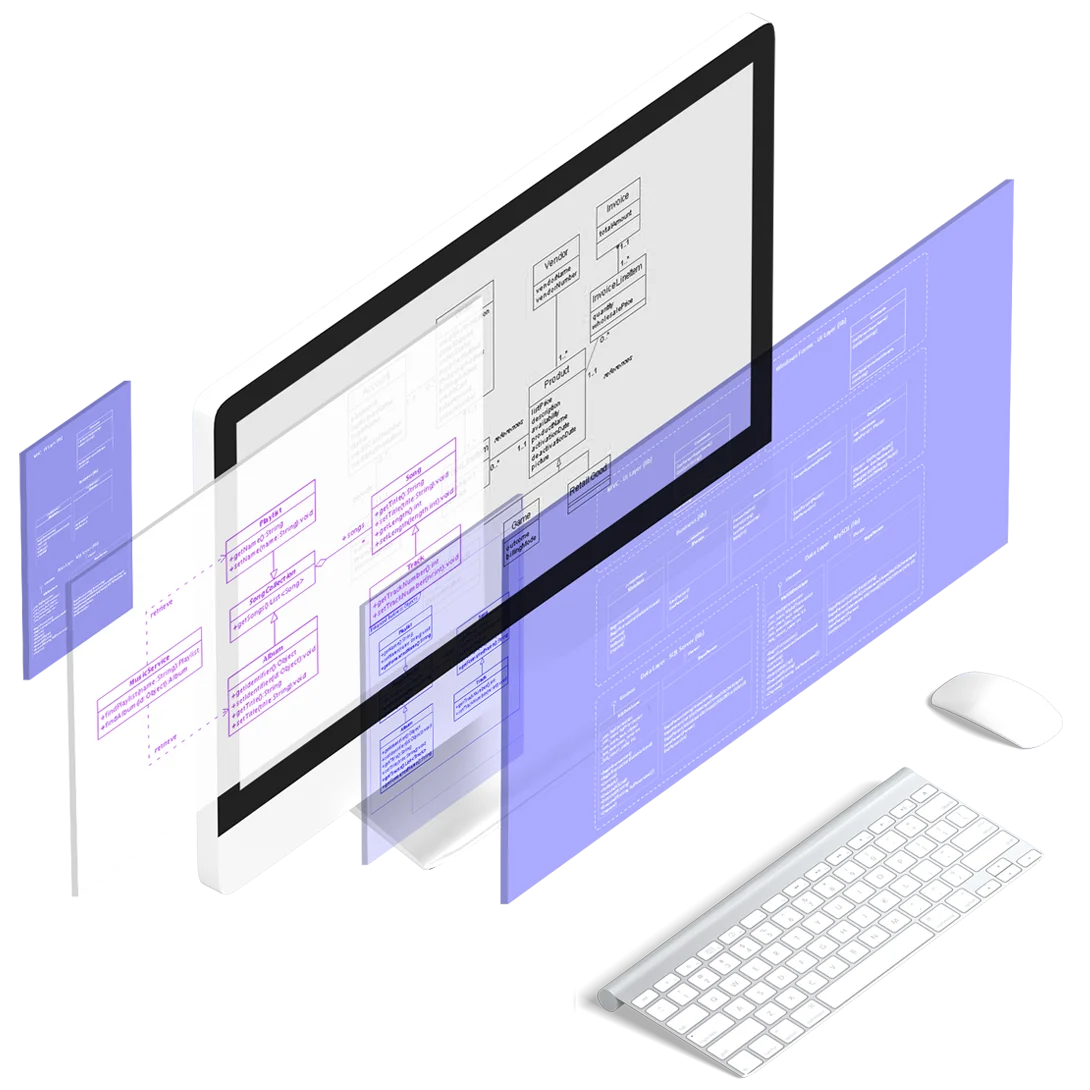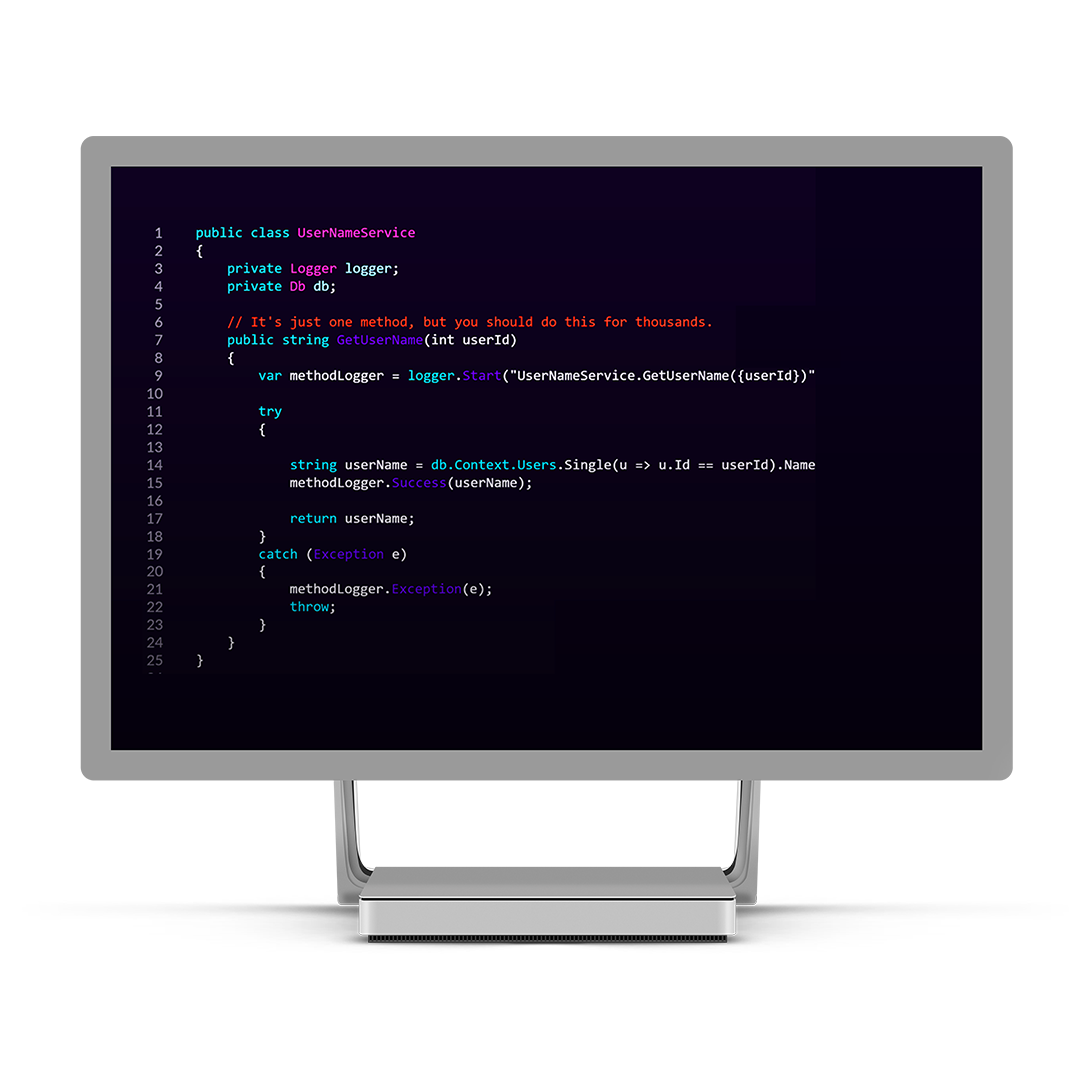Build Robust and Maintainable Applications With Less Code.
Metalama, a Roslyn-based framework designed for the modern .NET stack, empowers C# developers to reduce boilerplate with aspects, verify code against architecture in real time, and maintain crystal clear source code.
It's a must-have companion for your clean code journey.
Our initial product, the legendary PostSharp based on MSIL rewriting, has been a great success. We continue to maintain it by fixing bugs and updating it for new .NET versions. However, we have ceased adding new features and platforms to it.
We recommend Metalama for new projects.
Featured from the Blog
Success Stories

Siemens Audiology
Siemens Audiology achieved a 15% reduction in development time and improved code readability by eliminating unnecessary boilerplate code.
The team at Siemens Audiology faced a significant challenge when assigned to develop a new WPF implementation for two of their leading hearing system software applications. The challenge was to reduce coding time for developers implementing ViewModels and enhance code readability.

ATS Global
ATS Global has reduced its lines of code by 16%.
The team at ATS Global faced the potential challenge of multithreading issues and the complexity of writing synchronization code when they needed to build a complex shop floor simulation.
By turning to PostSharp, the team was able to write thread-safe code without requiring all team members to have advanced multithreading training. Consequently, they delivered the required features with 16% fewer lines of code.

Thales Information Systems
Thales primarily focuses on business logic.
When the Thales Information Systems team was assigned a significant refactoring task in a project, a key challenge was the simplification of architecture by reducing boilerplate code. The architect opted for PostSharp to implement custom aspects to manage logging, performance counters, and INotifyPropertyChanged, thereby helping junior team members to concentrate more on the business logic.

Gamesys
Gamesys boosts productivity with PostSharp.
Gamesys caters to approximately one million daily active users across its social games. The backend services process more than 250 million requests per day. Despite its large scale, this unique service is managed by a remarkably compact development team of merely seven highly productive individuals.

Cognitive X Solutions
PostSharp addressed 95% of CognitiveX's INPC code.
Cognitive X sought to deliver value to their clients and distinguish themselves from competitors. They selected PostSharp as a core component of their strategy. By reducing the number of lines of code they needed to write and aiding in the enforcement of best practices, PostSharp enabled them to develop new features for their clients more rapidly, at a reduced cost, and with fewer errors.